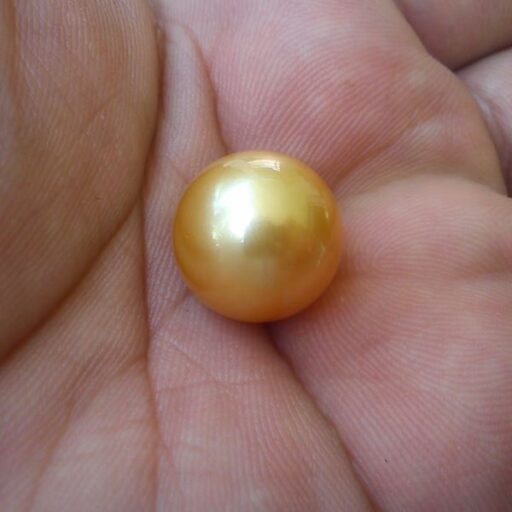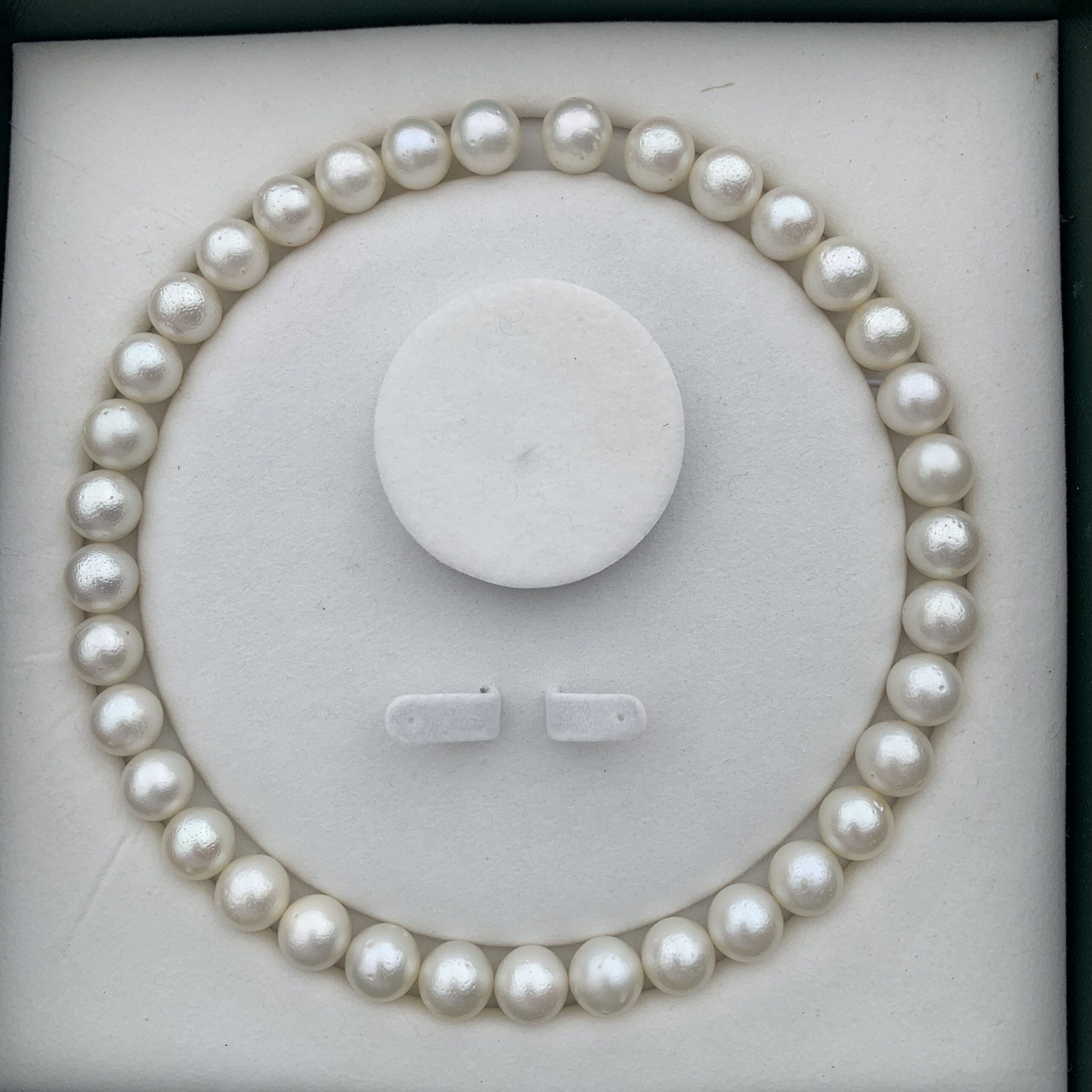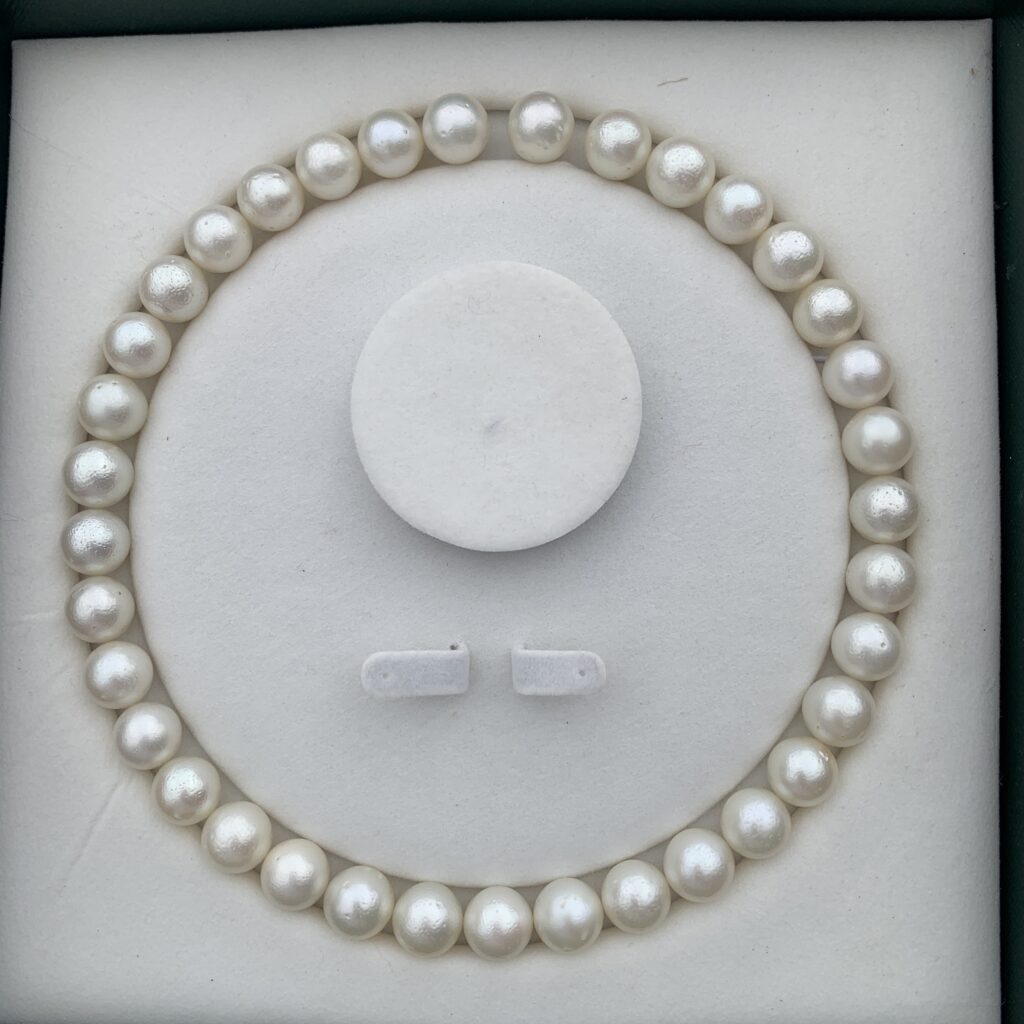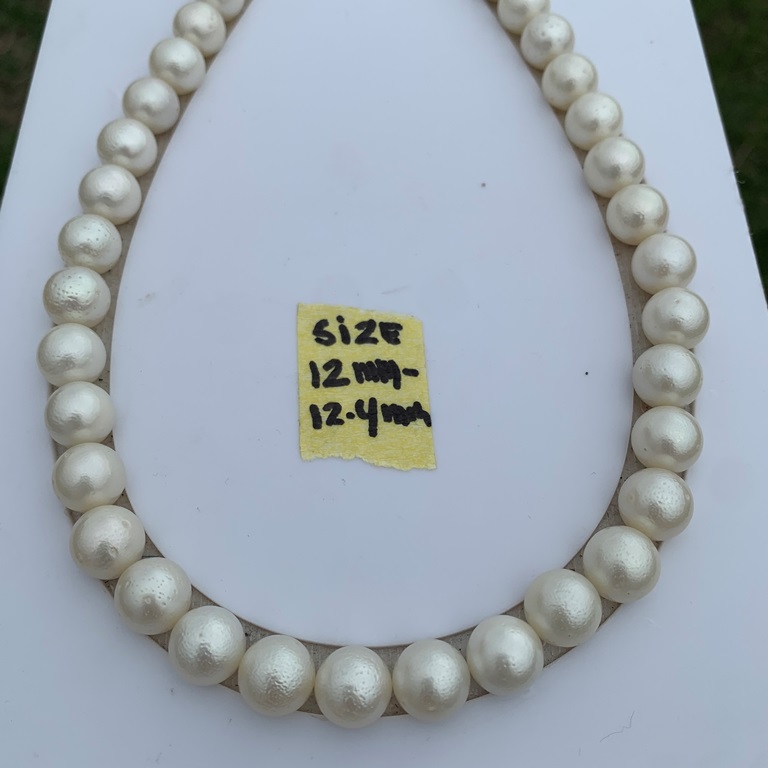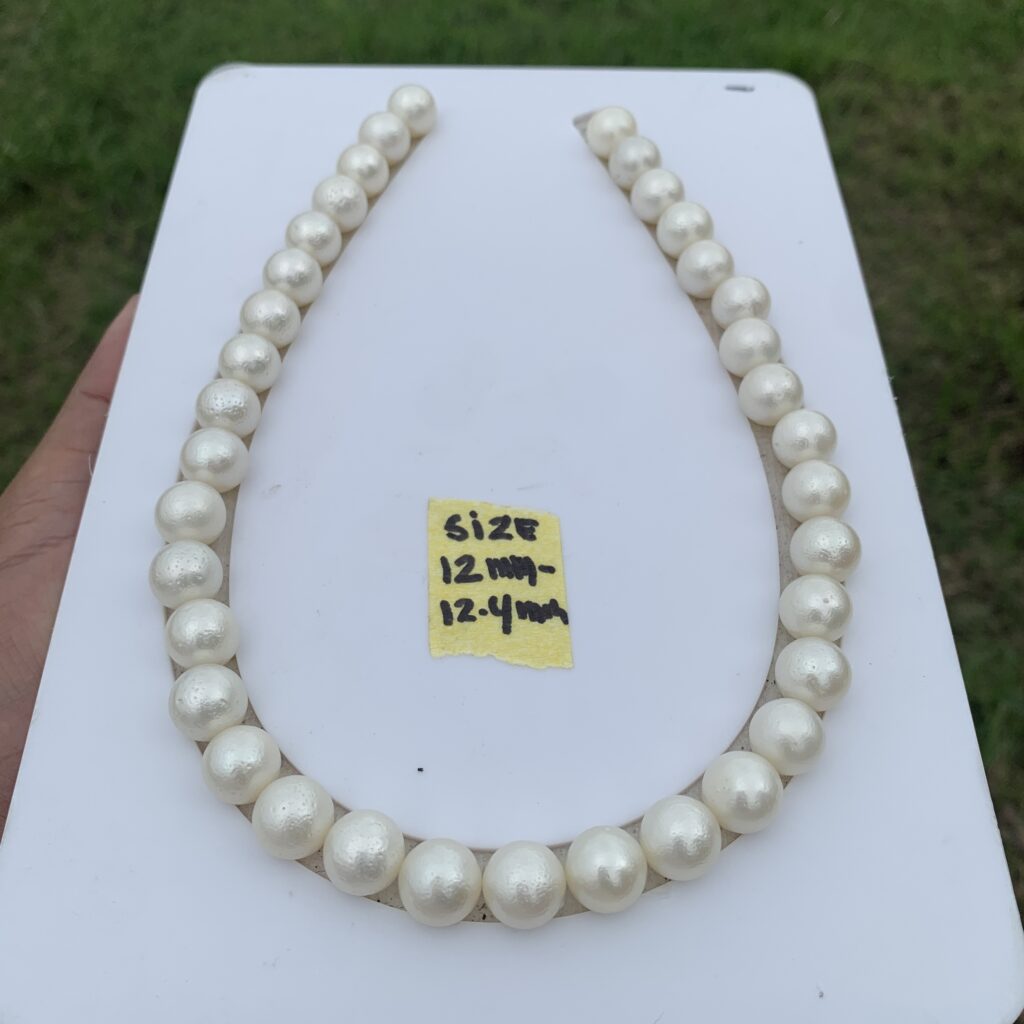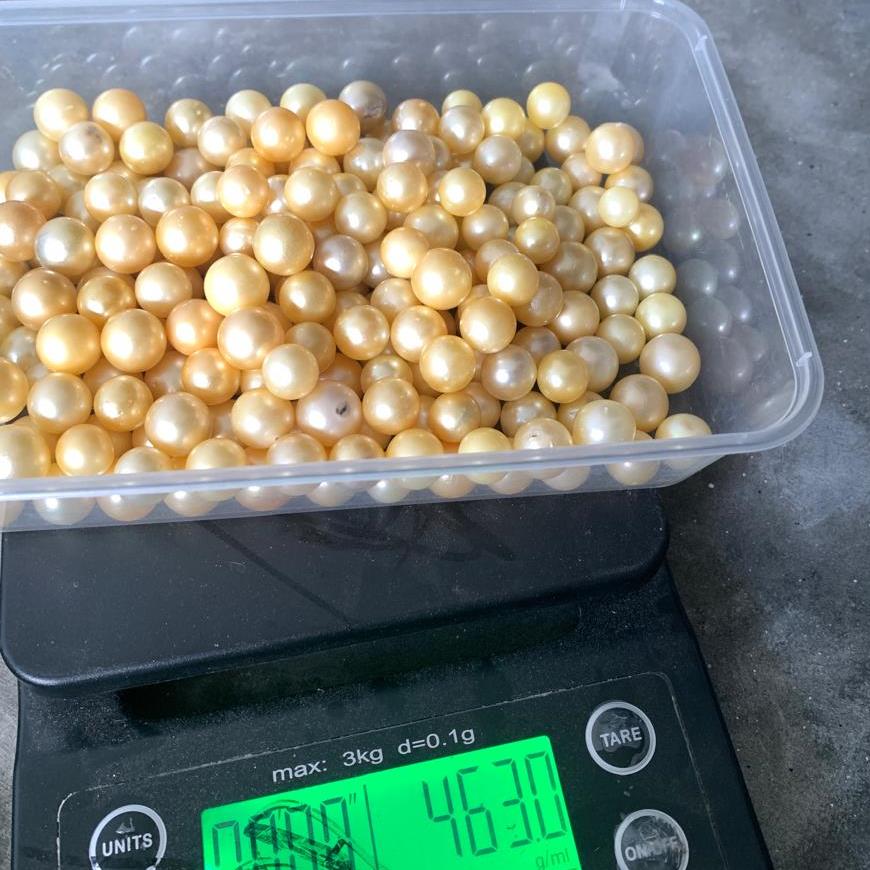Melo Natural Pearl
Melo pearls are among the rarest natural gems in the world, found inside the Melo melo marine snail rather than oysters.
Known for their striking flame-like patterns and vibrant orange to golden hues, these pearls are non-nacreous, giving them a unique porcelain-like luster. Large specimens, especially those over 20 mm, are exceptionally scarce and highly sought after by collectors and connoisseurs for their beauty, rarity, and value.
We Do Not Put More Photo Due to Privacy – Offer Us Your Price
A Treasure Beyond Rarity
The Melo natural pearl is a masterpiece of nature, celebrated for its captivating flame patterns and radiant shades ranging from warm golden to vibrant tangerine. Unlike traditional pearls, its smooth, porcelain-like surface reflects light with a rare, mesmerizing glow.
Specimens of exceptional size and color are almost impossible to find, making them coveted centerpieces in the world’s most exclusive collections — a true symbol of prestige, rarity, and timeless beauty.
“Few gemstones command attention like the Melo natural pearl. In 2003, a single 20-gram specimen fetched a record US $2.7 million at auction — only to be outshined in 2010, when a monumental 224-carat Melo pearl achieved US $722,500, far exceeding expectations. These extraordinary results underscore the Melo pearl’s standing not merely as a gem, but as an icon of natural luxury.”
2003 Hong Kong Auction: A 20-gram Melo Pearl sold for an impressive US $2.7 million, setting a world record for a single-pearl sale at the time .
2010 Christie’s Dubai Sale: A remarkable 224.30-carat orange Melo Pearl achieved US $722,500, more than quadrupling its low estimate of $180,000 — a testament to its extraordinary rarity and demand .
For context, some other auctioned Melo Pearls have seen prices ranging from USD $488,000 (in Hong Kong, for a blazing orange piece) to over USD $700,000, underlining the elite market value of these gems .
Offer Us Your Price
